Spain is home to a diverse range of trees, thanks to its warm beaches, incredible mountains, and expansive open fields.
You might be wondering what trees grow there and how to tell them apart.
I’ve made a list of common trees you’ll likely spot across the country-some in cities, some near rivers, and others deep in the forest.
If you’re planning a trip or just curious, this list will help you get to know them.
You don’t need to be an expert to understand what makes each tree special. I kept it simple, clear, and helpful.
If you’ve ever seen a tree in Spain and thought, “What is that?” – you’re in the right place.
I’m here to make it easy for you to learn, remember, and enjoy what you see.
From tall pines to flowering trees, I’ll show you what’s out there so you can feel more confident spotting them.
Why Spanish Trees Are Unique
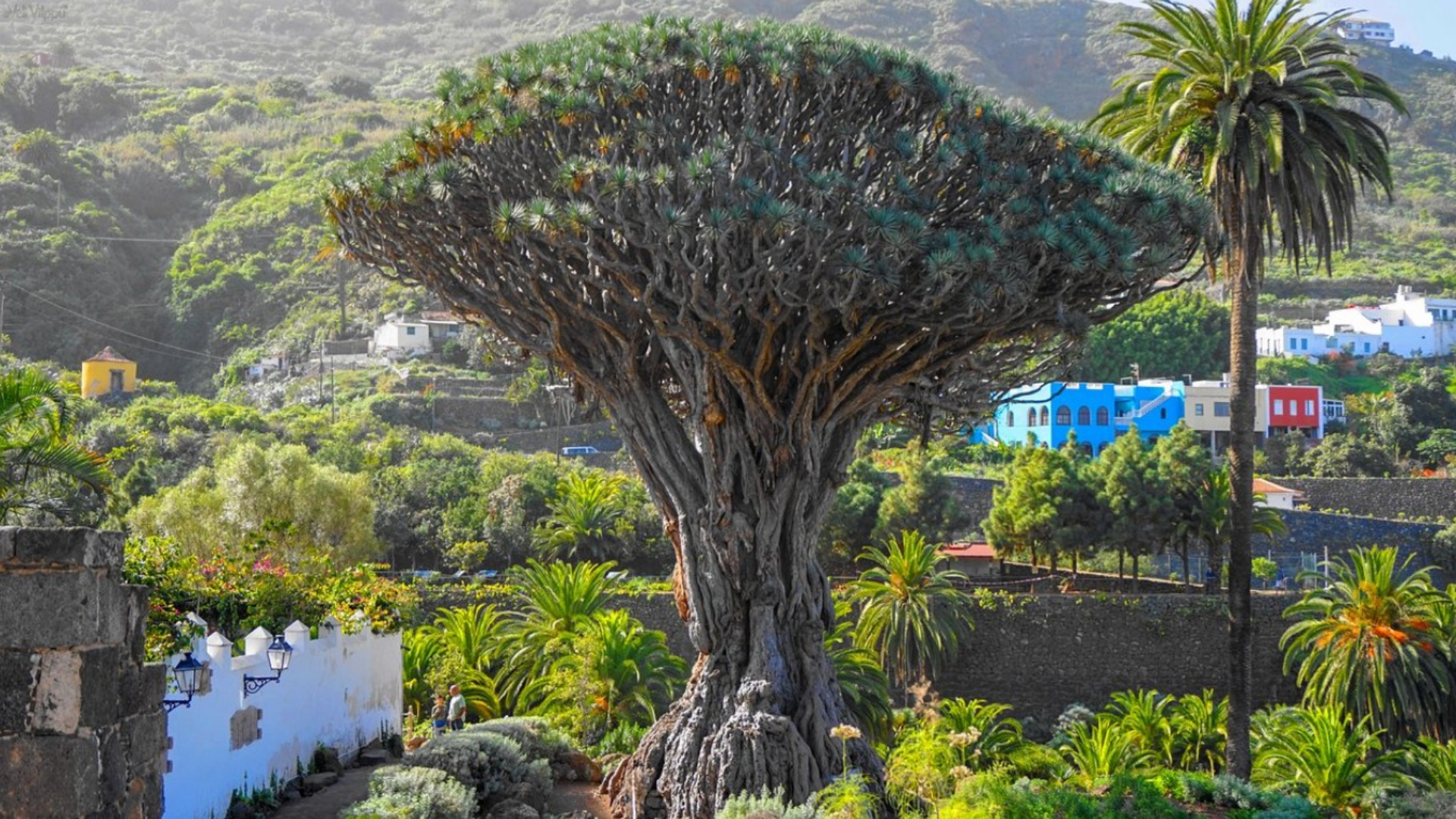
Spain has many different types of land and weather, and that’s what makes its trees so interesting.
Some parts of the country are dry and sunny, like the Mediterranean coast. Others, like the north, are cooler and wetter.
Then there are the mountains, where the air is crisp and cold. Because of these changes in climate, trees in Spain grow in many shapes and sizes.
Some are built to handle heat and dry soil, while others thrive in rain or snow. That’s why you’ll see such a wide mix of trees-each one fits its surroundings in a special way.
Here’s how different climates help shape Spanish trees:
- Mediterranean areas: Dry summers and mild winters grow olive and pine trees
- Atlantic regions: Rainy and cool, great for beeches and chestnuts
- Mountains: Cold weather supports firs, oaks, and pines
Common Trees That Grow Across Spain
Spain’s trees grow in many places-on sunny coasts, cool hills, and busy streets.
1. Olive Tree (Olea europaea)
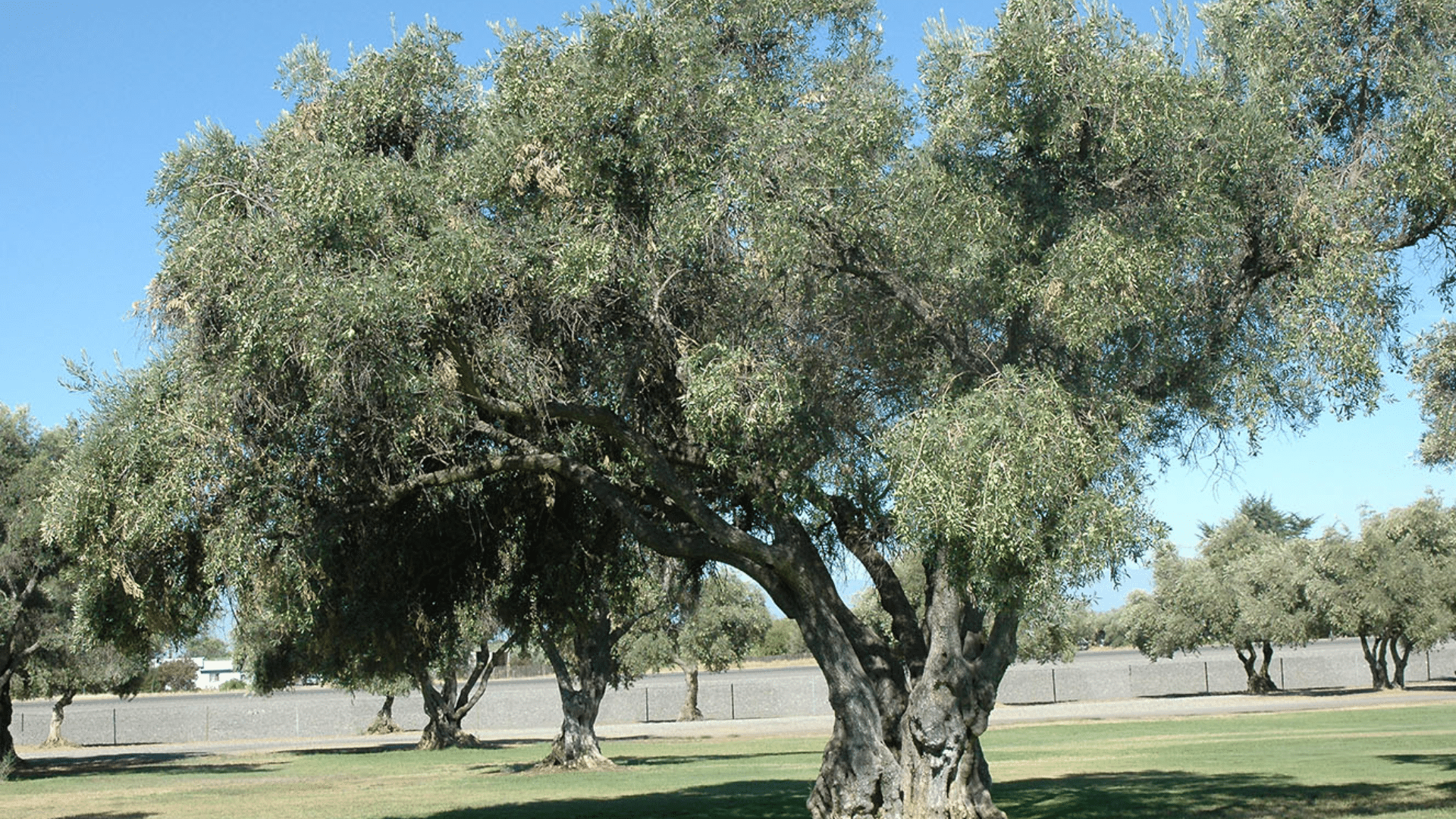
The olive tree is one of the most well-known trees in Spain, especially in the southern regions.
It has silvery-green leaves and thick, gnarled bark. Farmers grow it mainly for olives and olive oil, which are key parts of Spanish food.
Olive trees can live for hundreds of years and survive dry, hot summers.
You’ll often see them planted in neat rows across hills and valleys in places like Andalusia and Extremadura.
2. Holm Oak (Quercus ilex)
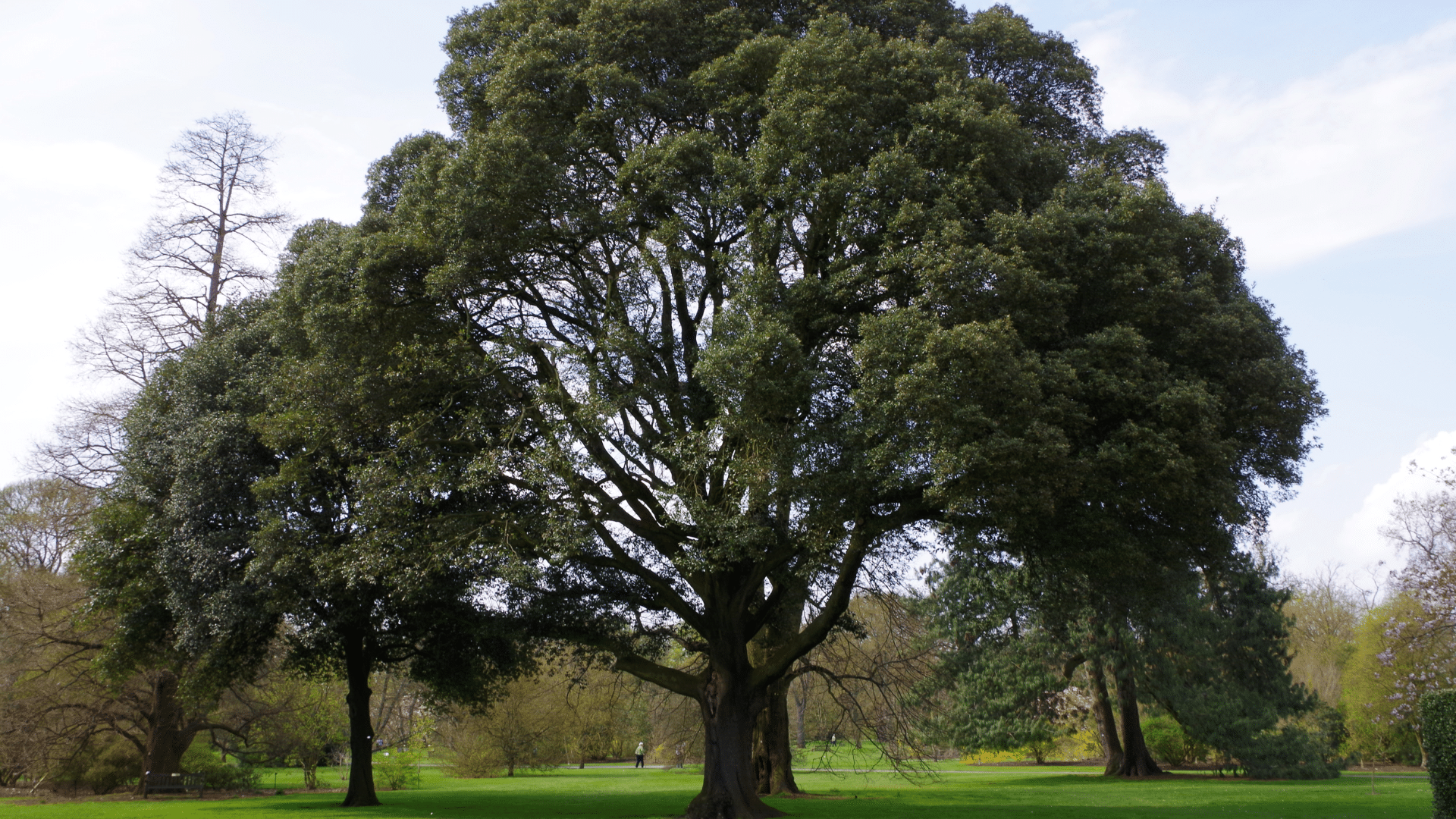
The holm oak is a strong evergreen tree found across Spain’s countryside, especially in dry areas.
Its dark green leaves look like holly, and it produces acorns that feed many animals. Farmers often keep these trees in pastures for shade and food for livestock.
Holm oaks are slow-growing but very tough, making them perfect for Spain’s hot and dry regions.
You’ll spot them in dehesas and scattered woodlands in central and southern Spain.
3. Stone Pine (Pinus pinea)
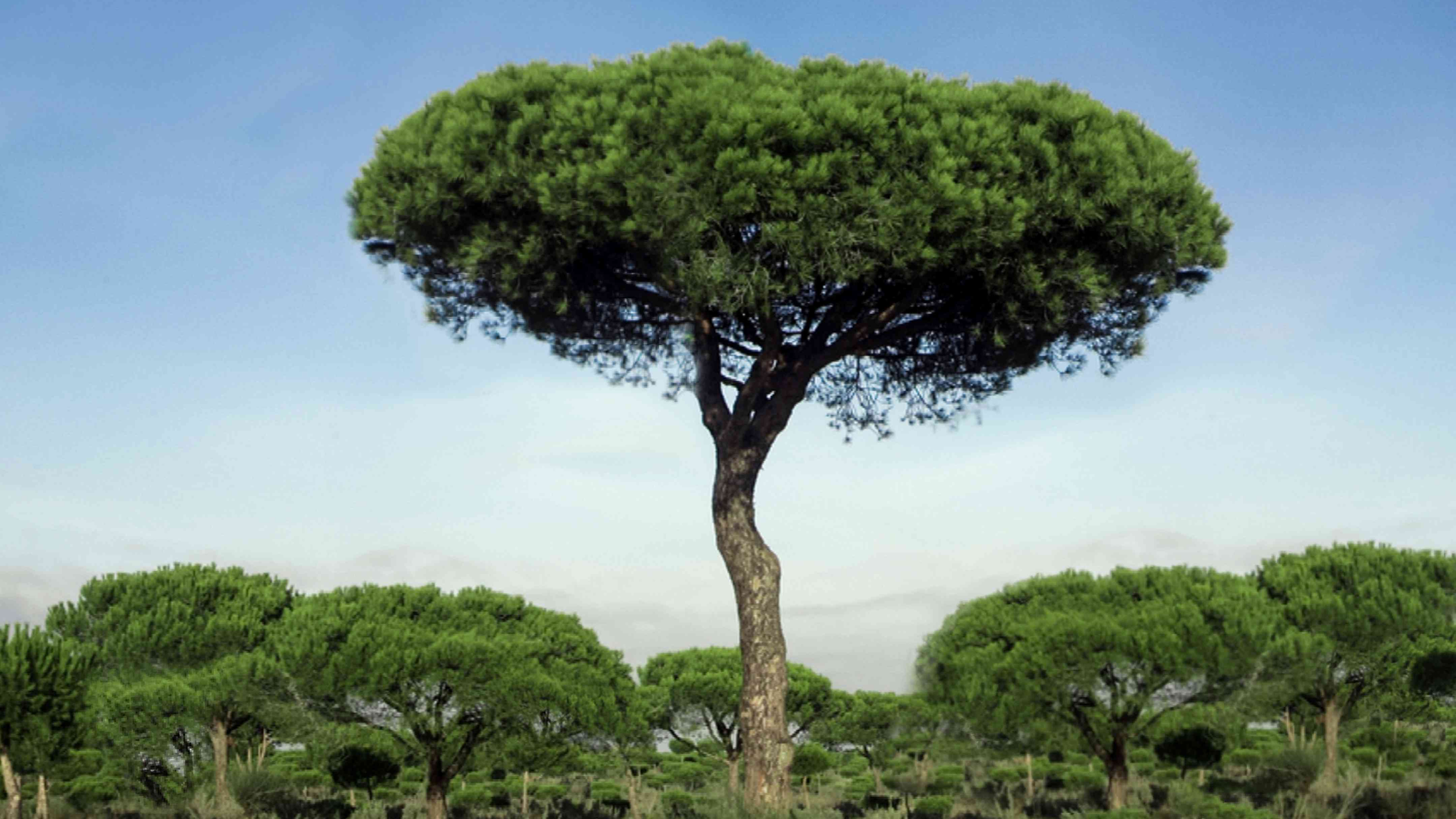
The stone pine, or umbrella pine, is easy to recognize by its tall trunk and wide, rounded top.
It’s common along Spain’s Mediterranean coast.
These trees grow well in sandy soil and warm weather. People value stone pines for their pine nuts, used in many dishes.
The tree also offers good shade and helps prevent soil erosion.
You’ll often see them in parks, forests, and along coastal roads in eastern and southern Spain.
4. Carob Tree (Ceratonia siliqua)
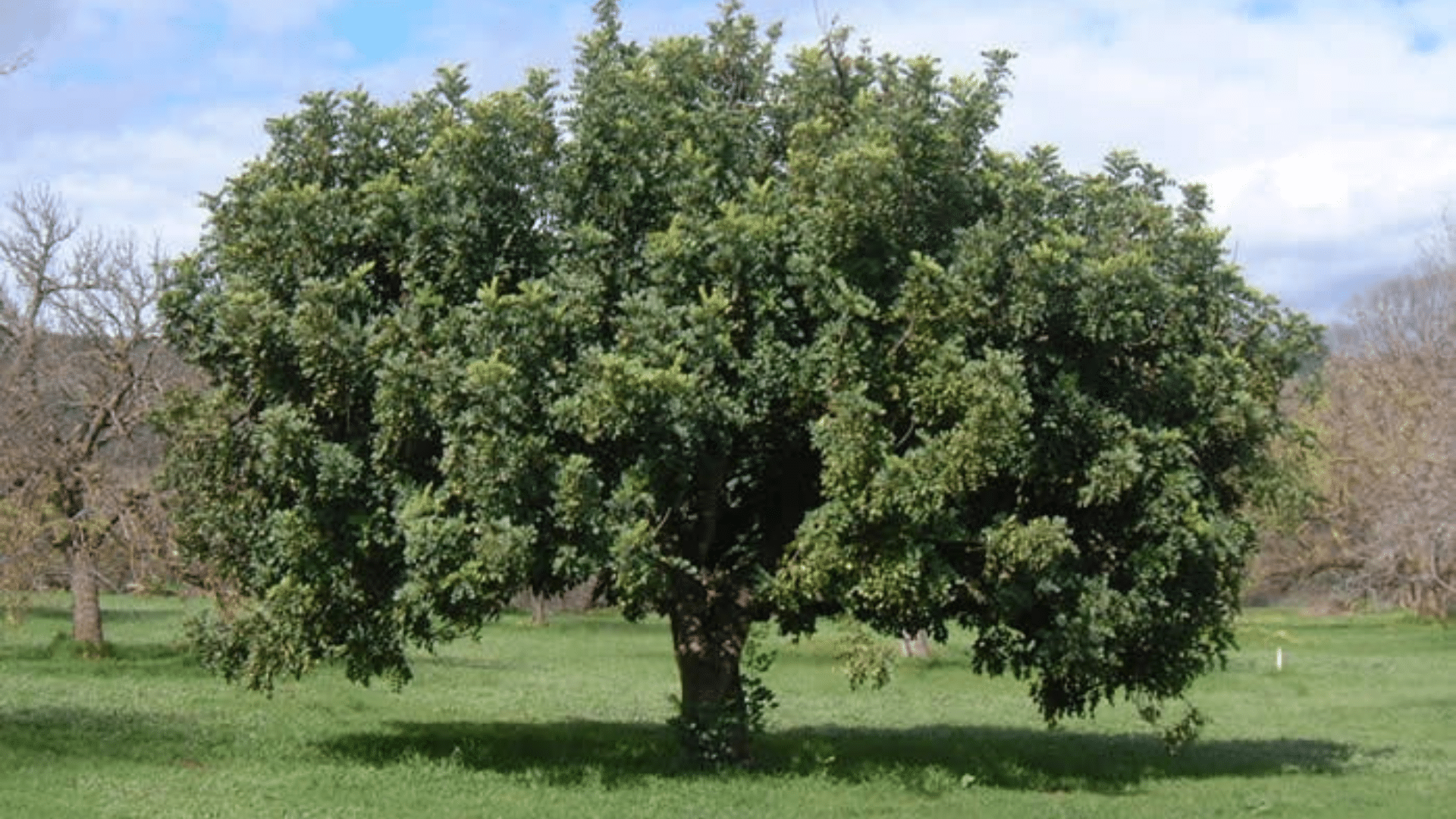
The carob tree grows mainly in southern and eastern Spain. It has thick, dark green leaves and long brown pods filled with sweet pulp.
These pods are sometimes ground into powder as a cocoa substitute.
Carob trees are drought-resistant and do well in rocky, dry soil.
They’re often planted on hillsides or farmland. The tree is part of Spain’s farming history and is still useful today for both food and shade in dry places.
5. Cork Oak (Quercus suber)
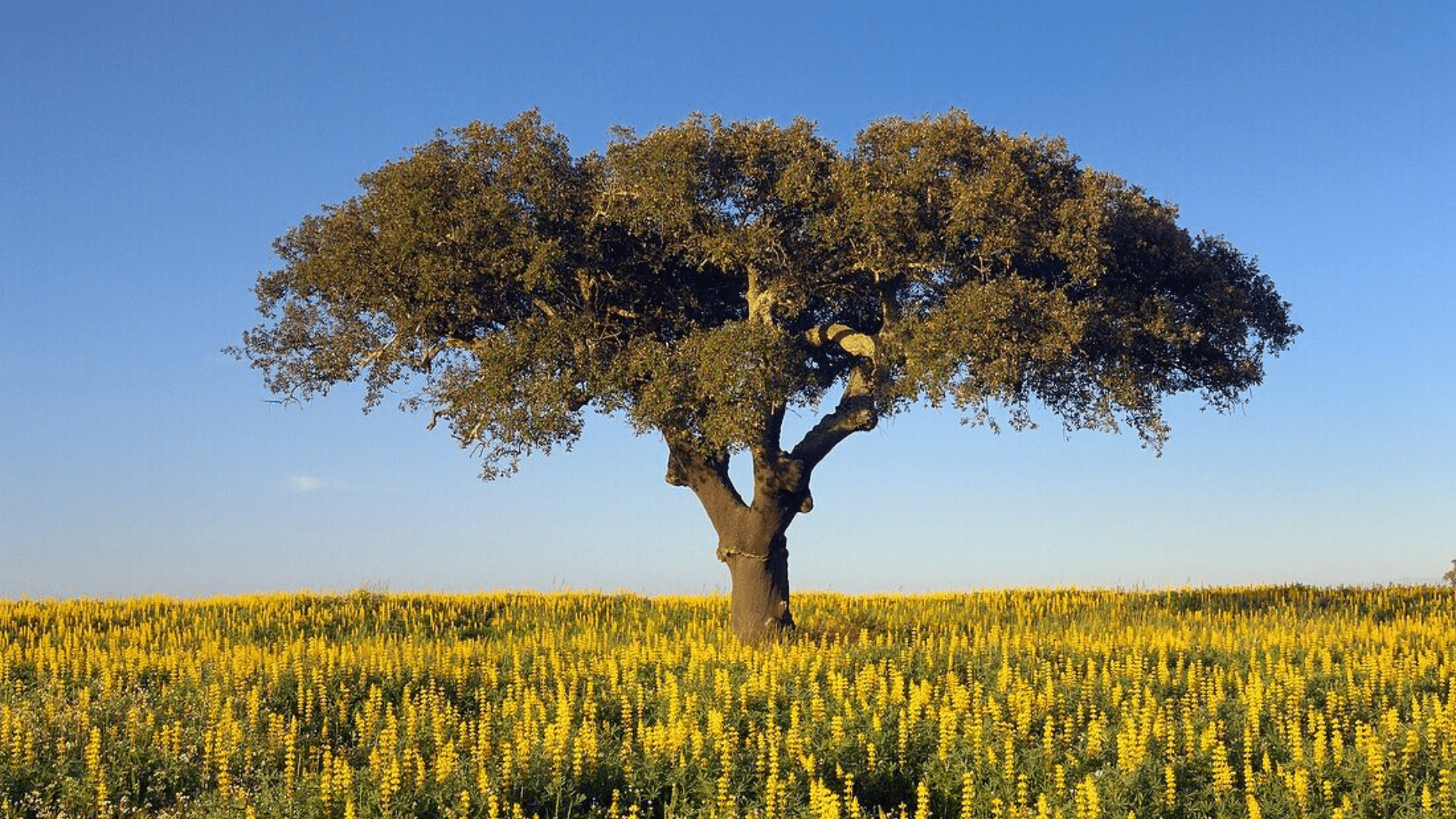
The cork oak grows mainly in western and southern Spain. It’s famous for its thick bark, which is harvested to make cork for wine bottles.
These trees have a strong, twisted shape and dark green leaves. After the bark is removed, the tree keeps growing and can be harvested again every few years.
Cork oaks are protected in Spain because they help the environment and support wildlife.
They grow best in warm areas with poor soil.
6. Pyrenean Oak (Quercus pyrenaica)
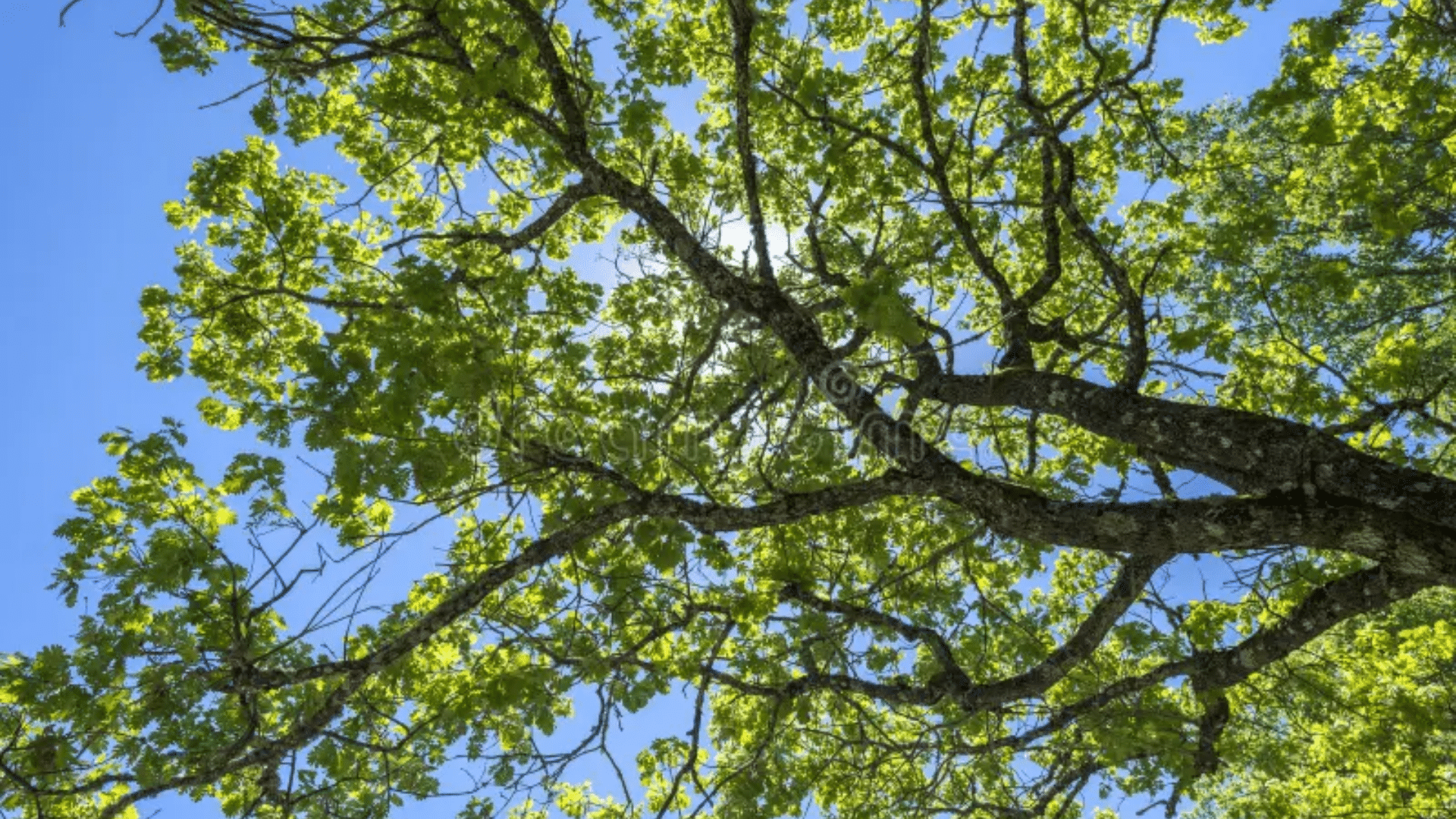
The Pyrenean oak is a native tree found in northern and central Spain.
It grows in cooler mountain areas and has large, lobed leaves that turn brown in fall.
This oak is known for its strong wood and the acorns it produces, which feed wildlife.
You’ll see it in forests and hillsides, especially in the Sierra de Guadarrama and the Pyrenees.
It helps protect soil from erosion and is often part of reforestation projects.
7. Scots Pine (Pinus sylvestris)
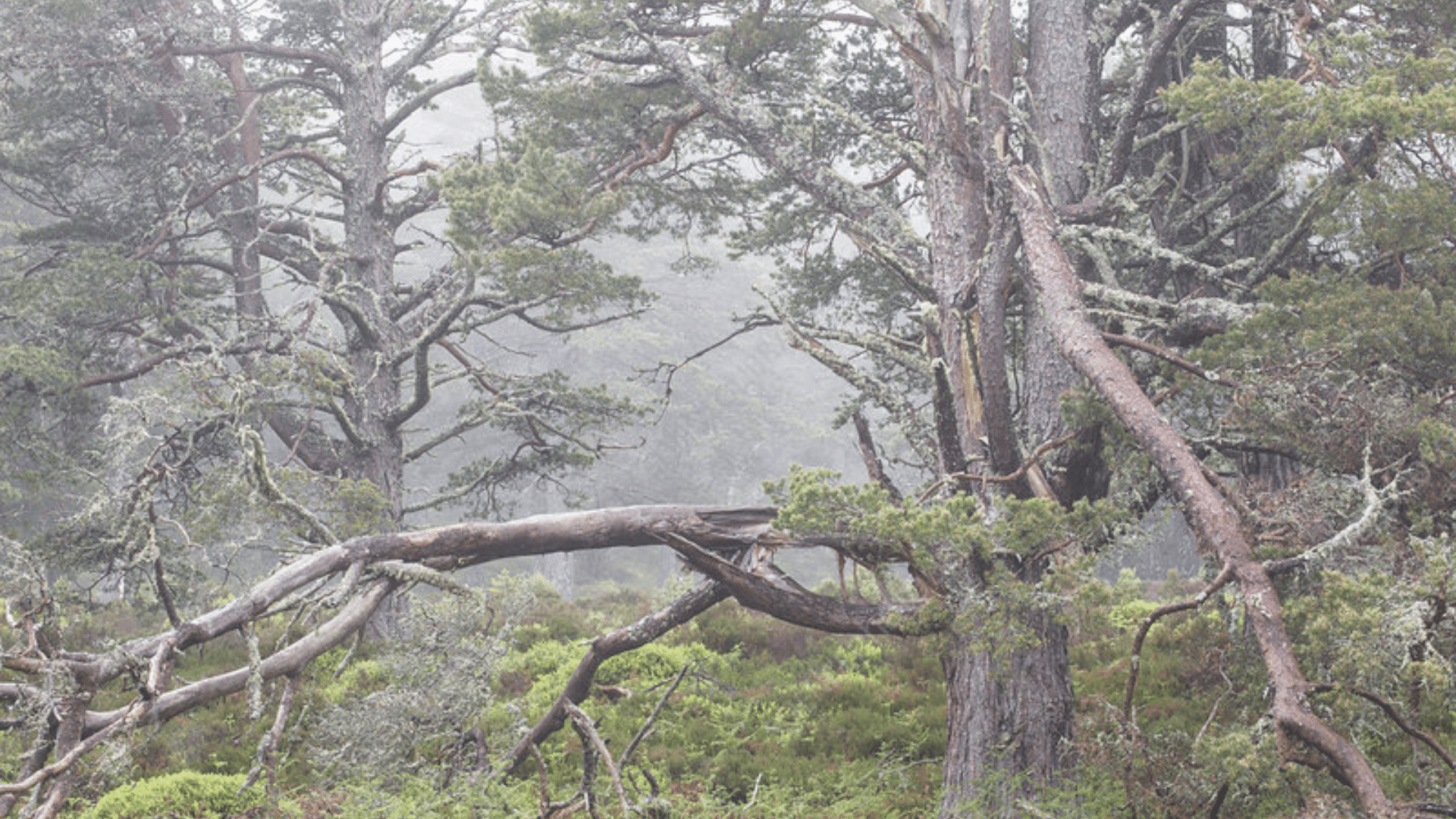
The Scots pine is a tall, straight tree with reddish bark and long needles.
It grows in cooler parts of Spain, like the Pyrenees and other mountain ranges. This tree is often planted in forests for timber, as its wood is strong and easy to work with.
Scots pines also support birds and insects.
They’re easy to spot by their high canopy and thick trunks, which often twist as they grow in windy areas.
8. European Beech (Fagus sylvatica)
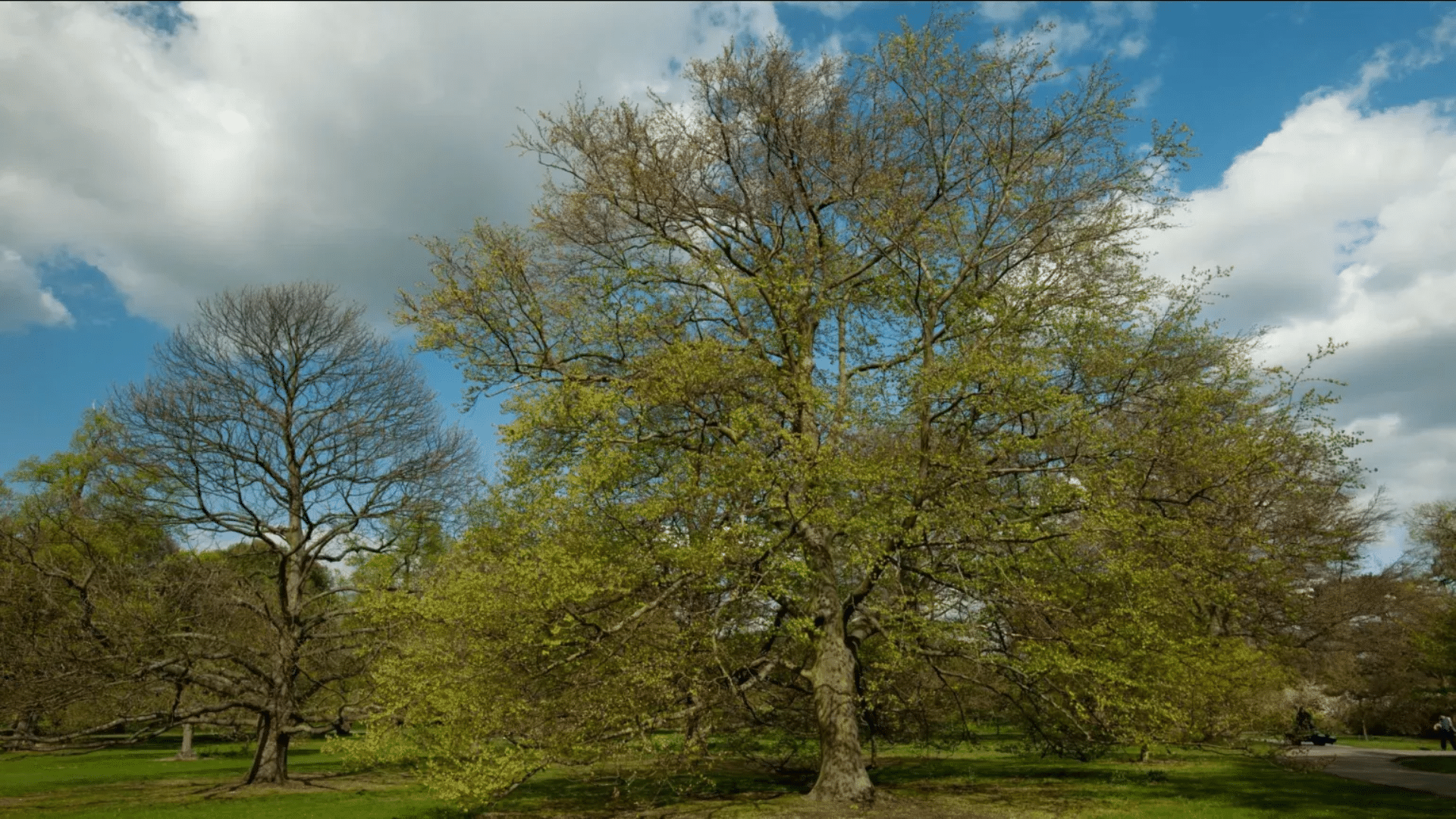
The European beech is a tall, smooth-barked tree found mostly in northern Spain.
It thrives in cool, wet forests, especially in the Basque Country and parts of the Cantabrian Mountains.
Its leaves turn bright orange in fall, giving the forest a colorful look. Beech trees create a thick canopy, which shades the ground and helps keep the forest moist.
Their nuts, called beechmast, are food for animals like squirrels, deer, and birds.
9. Silver Fir (Abies alba)
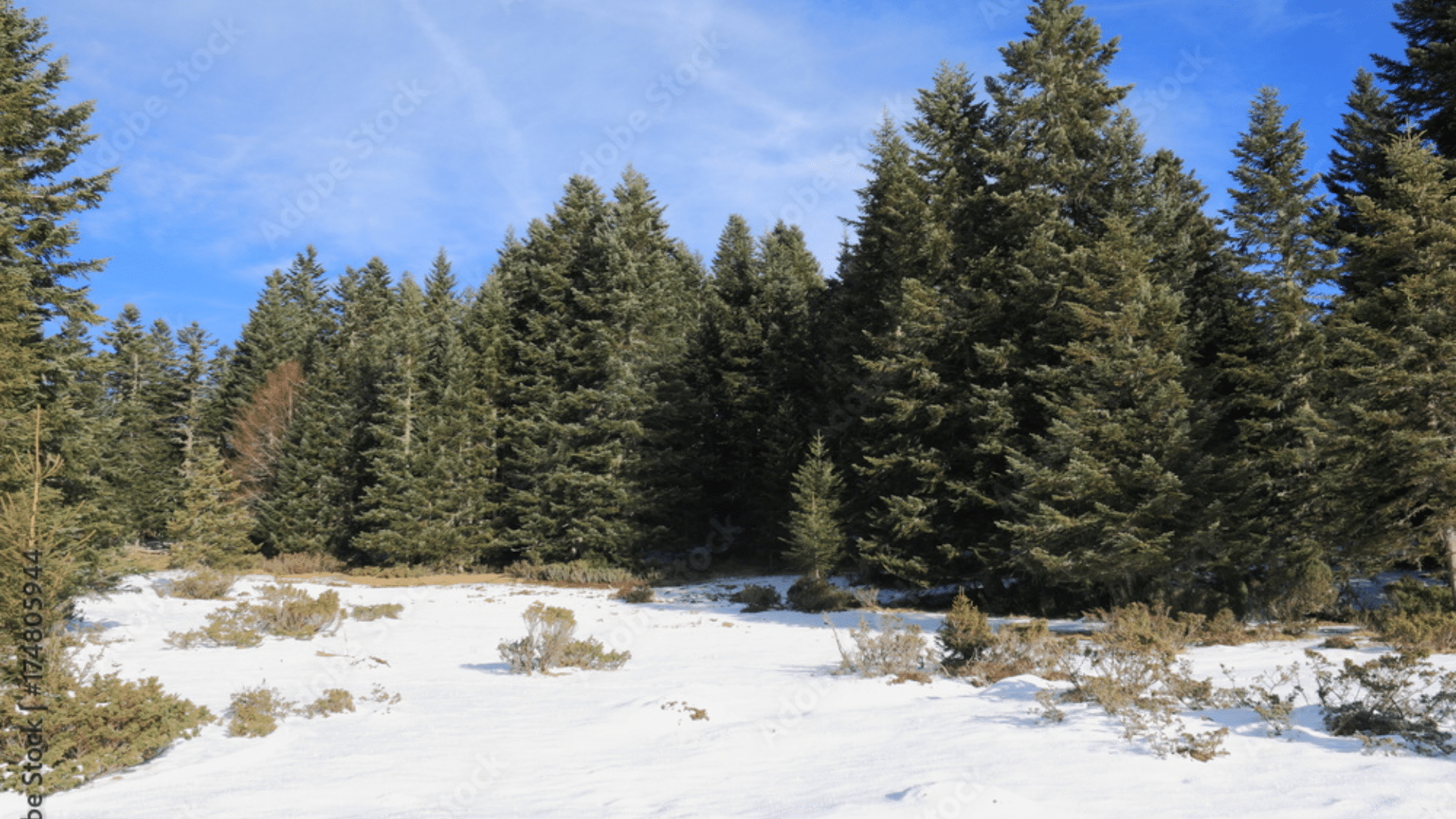
The silver fir grows in high mountain areas, such as the Pyrenees. It has soft, flat needles and a narrow, pointed shape.
Unlike pines, it doesn’t drop its cones but lets them break apart on the tree. Silver firs prefer cool, moist air and are often found in dense forests.
They’re used for timber and sometimes as Christmas trees.
Their tall shape and shiny needles make them easy to recognize in forested valleys.
10. Chestnut Tree (Castanea sativa)
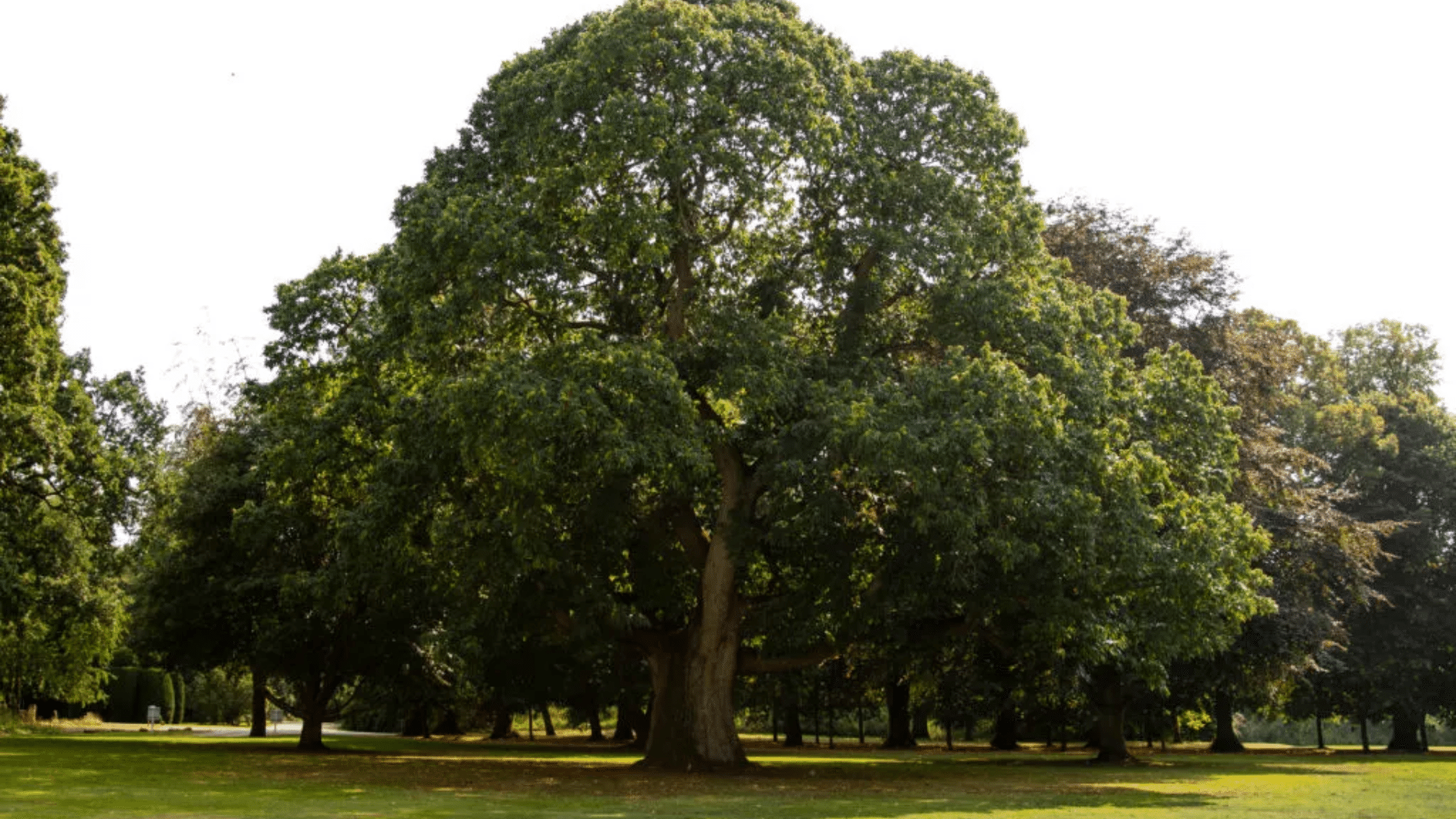
The chestnut tree grows best in moist, hilly areas in northern and western Spain.
It’s known for its sweet, edible nuts and large, toothed leaves. In autumn, the tree drops spiky burrs that hold shiny brown chestnuts.
These nuts are eaten roasted or used in cooking. Chestnut trees are also valued for their strong, rot-resistant wood.
You’ll find them in old groves, often planted by past generations for food and timber.
11. Poplar (Populus spp.)
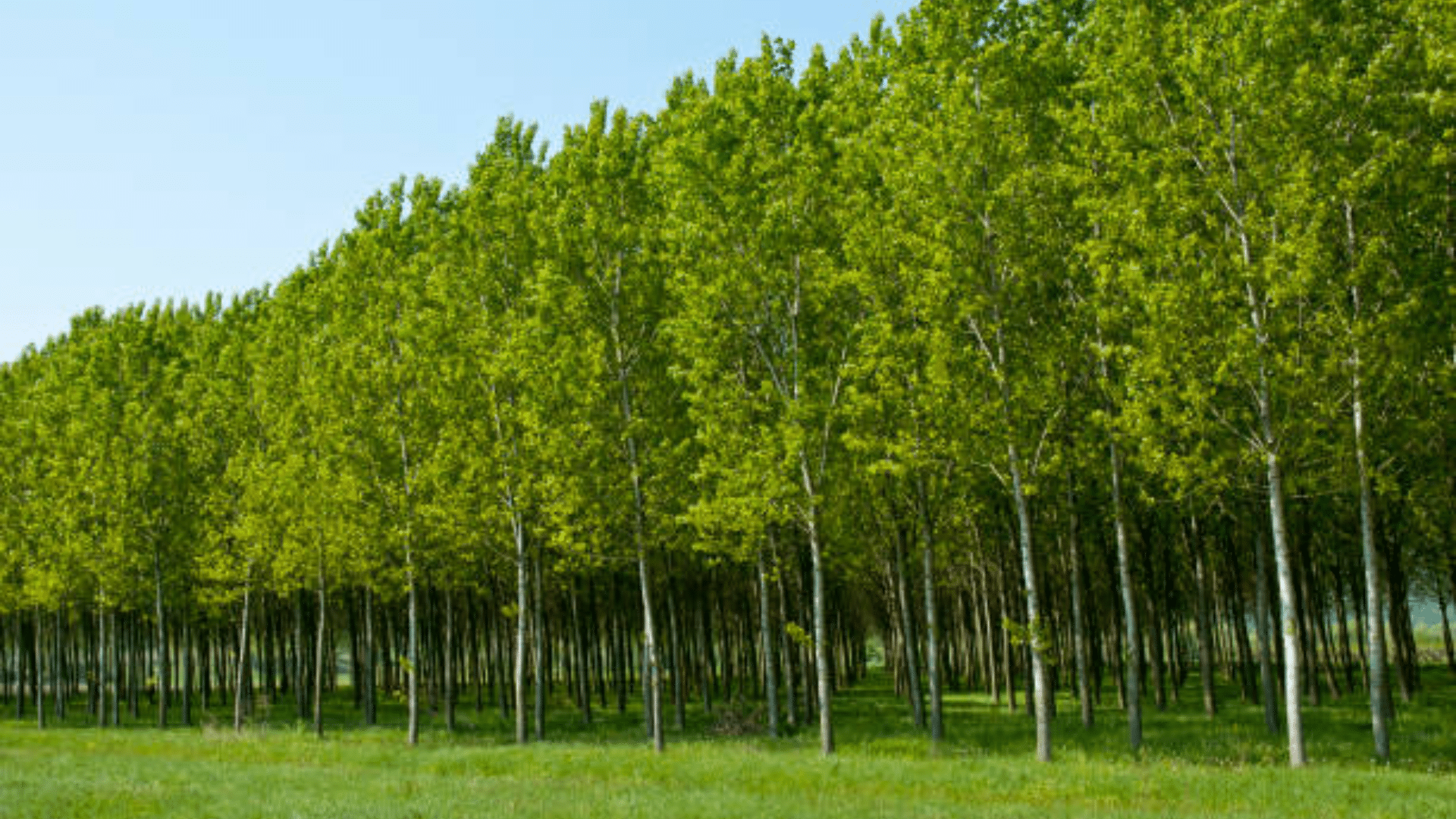
Poplar trees are tall and fast-growing with light-colored bark and fluttering leaves.
They’re often found near rivers, lakes, and wet fields throughout Spain. Farmers plant them for windbreaks and wood, while towns use them for shade.
Their roots love moisture, so they help drain wet soil. Poplars grow straight and tall, making them easy to spot in rows along roads or streams.
You’ll find several types in Spain, like white poplar and black poplar.
12. Willow (Salix spp.)
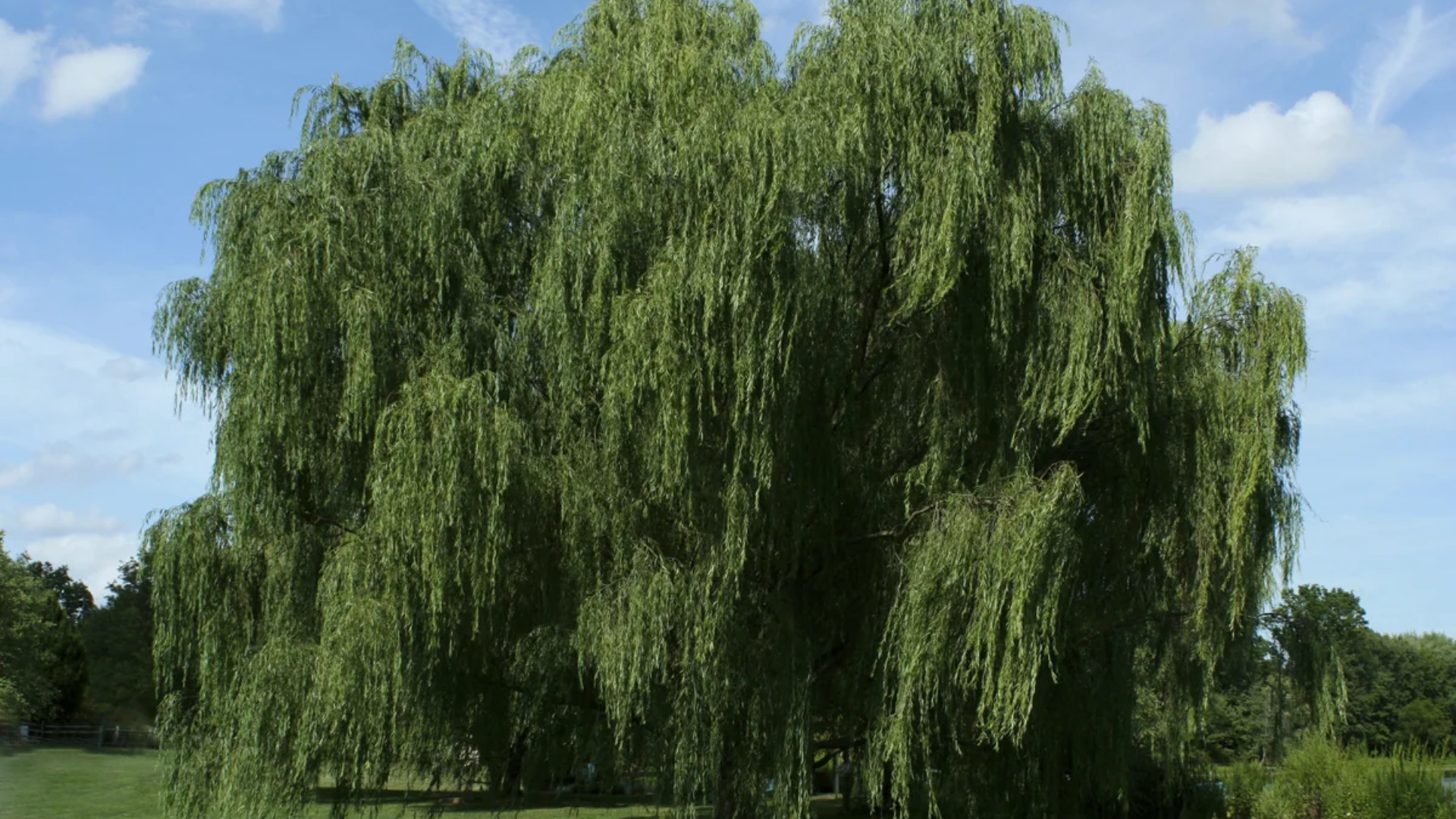
Willows grow well in wet areas and are common near rivers, ponds, and lakes across Spain.
Their thin, drooping branches and narrow leaves give them a soft, flowing look. Willows grow fast and provide shade and shelter for birds and small animals.
They help prevent soil erosion and are sometimes used in natural landscaping.
You’ll often see them near water in both the countryside and city parks, especially in cooler, wetter parts of Spain.
13. Elm (Ulmus spp.)
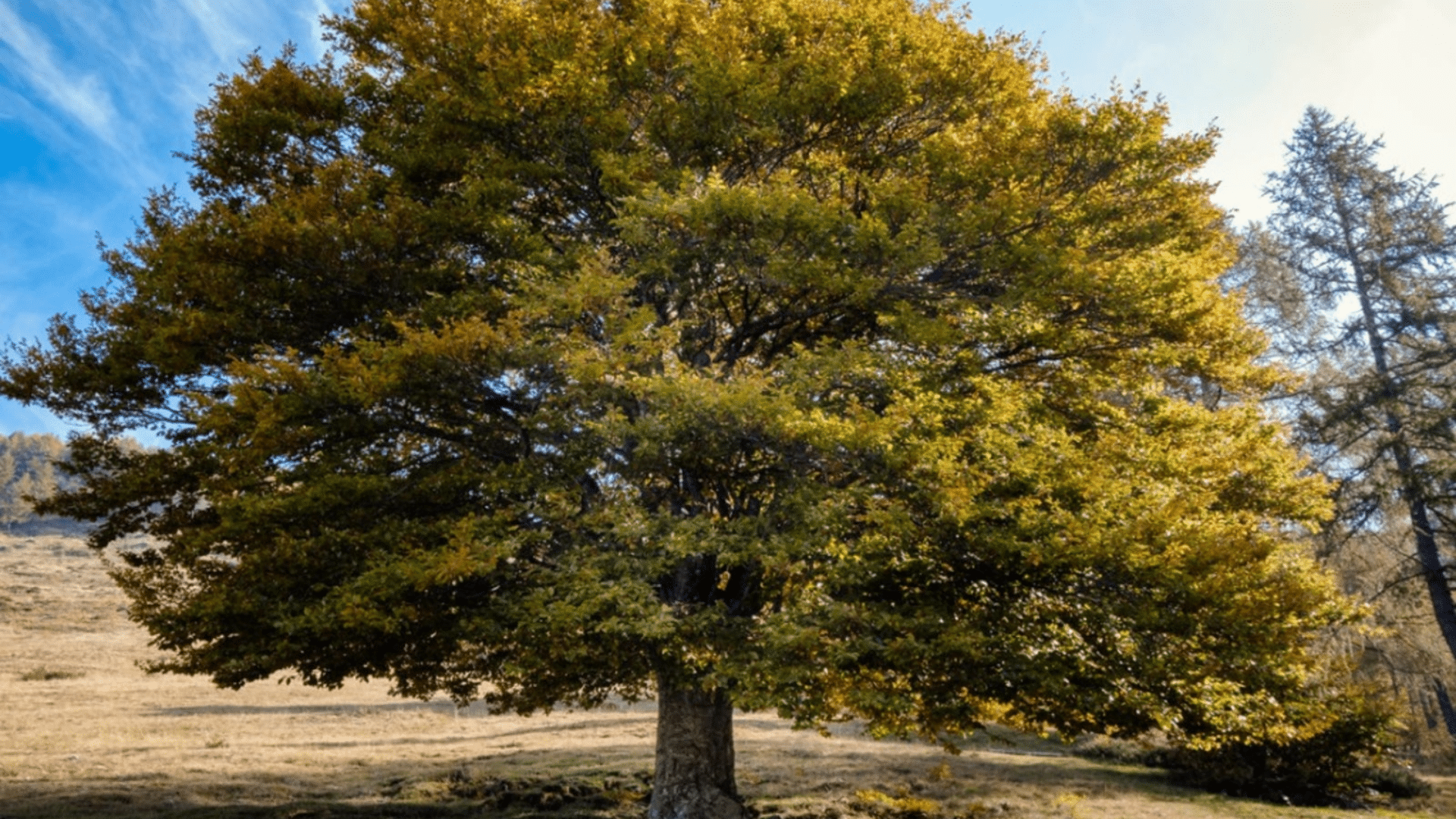
Elm trees were once very common in Spain, especially along roads and village squares.
They have wide canopies and toothed leaves. Though many native elms have been lost to disease, efforts are being made to bring them back.
Elms grow well in many soils and give good shade in open spaces.
They’re known for their strong trunks and spreading branches, which made them popular in towns.
Some disease-resistant types are now being planted again.
14. Alder (Alnus glutinosa)
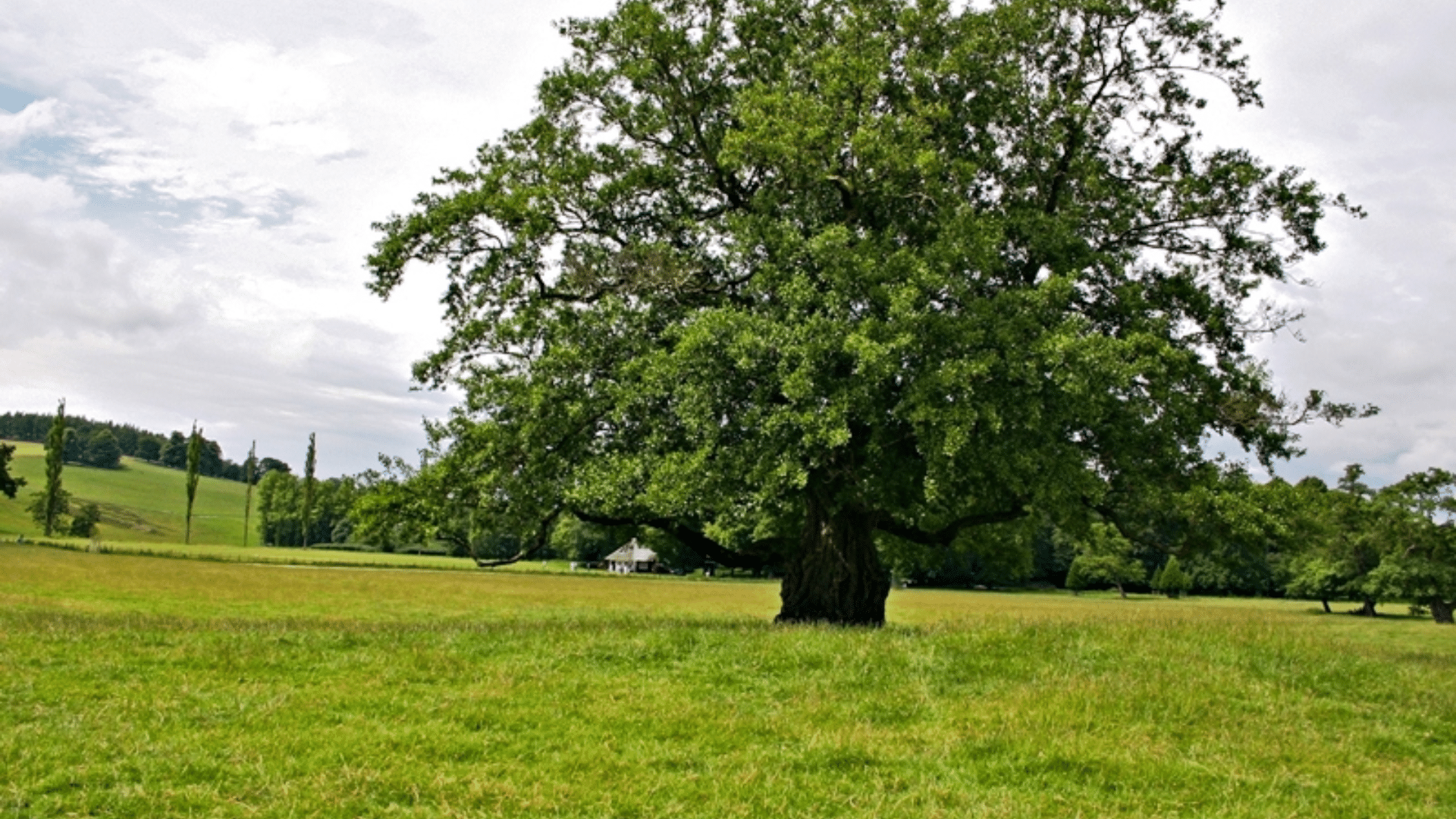
Alders love water and are found along rivers, streams, and wetlands in northern and central Spain.
They have round leaves and grow quickly, often forming groups along riverbanks. The tree improves soil by adding nitrogen, which helps nearby plants grow.
Its roots help stop erosion and provide a home for fish and insects.
Alders are an important part of healthy wetland areas and are sometimes used in reforestation and water cleanup projects.
15. Plane Tree (Platanus hispanica)
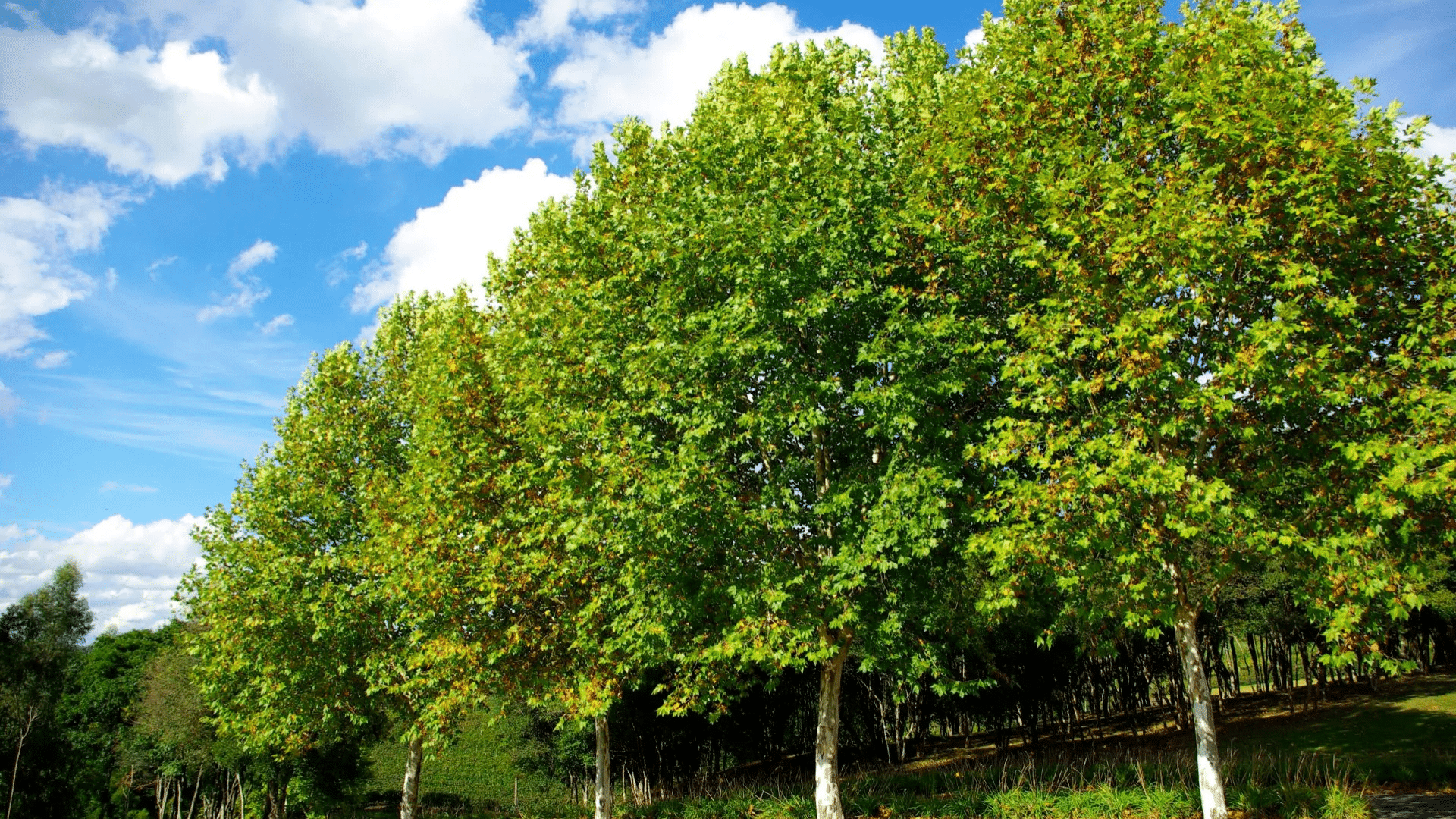
The plane tree is a favorite in Spanish cities for its wide shade and strong shape.
It’s easy to spot with its tall trunk and patchy, peeling bark. You’ll find them lining streets, plazas, and parks in towns across Spain.
Plane trees handle pollution well and can live for many years.
Their broad leaves offer cool shade in hot summers, making them a top choice for urban planting, especially in places like Madrid and Seville.
16. Jacaranda (Jacaranda mimosifolia)
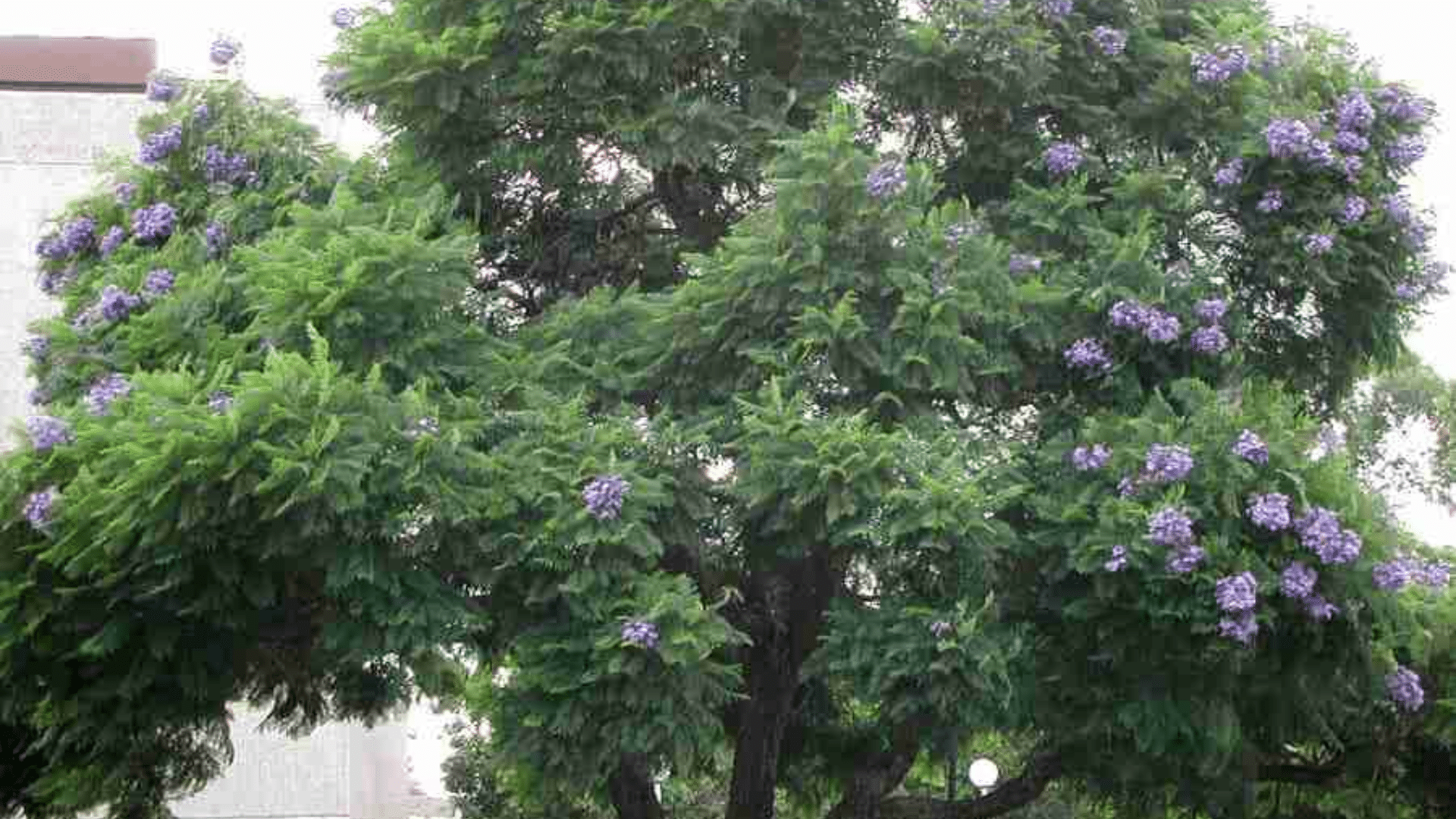
The jacaranda tree is known for its bright purple-blue flowers that bloom in spring. It’s a favorite in warmer cities like Seville and Málaga.
When in bloom, the tree adds bold color to streets and parks. It has fern-like leaves and a spreading canopy.
Though it’s not native to Spain, it grows well in the southern climate.
People love it for its beauty, and fallen flowers often create a colorful carpet on sidewalks and roads.
17. Mimosa Tree (Acacia dealbata)
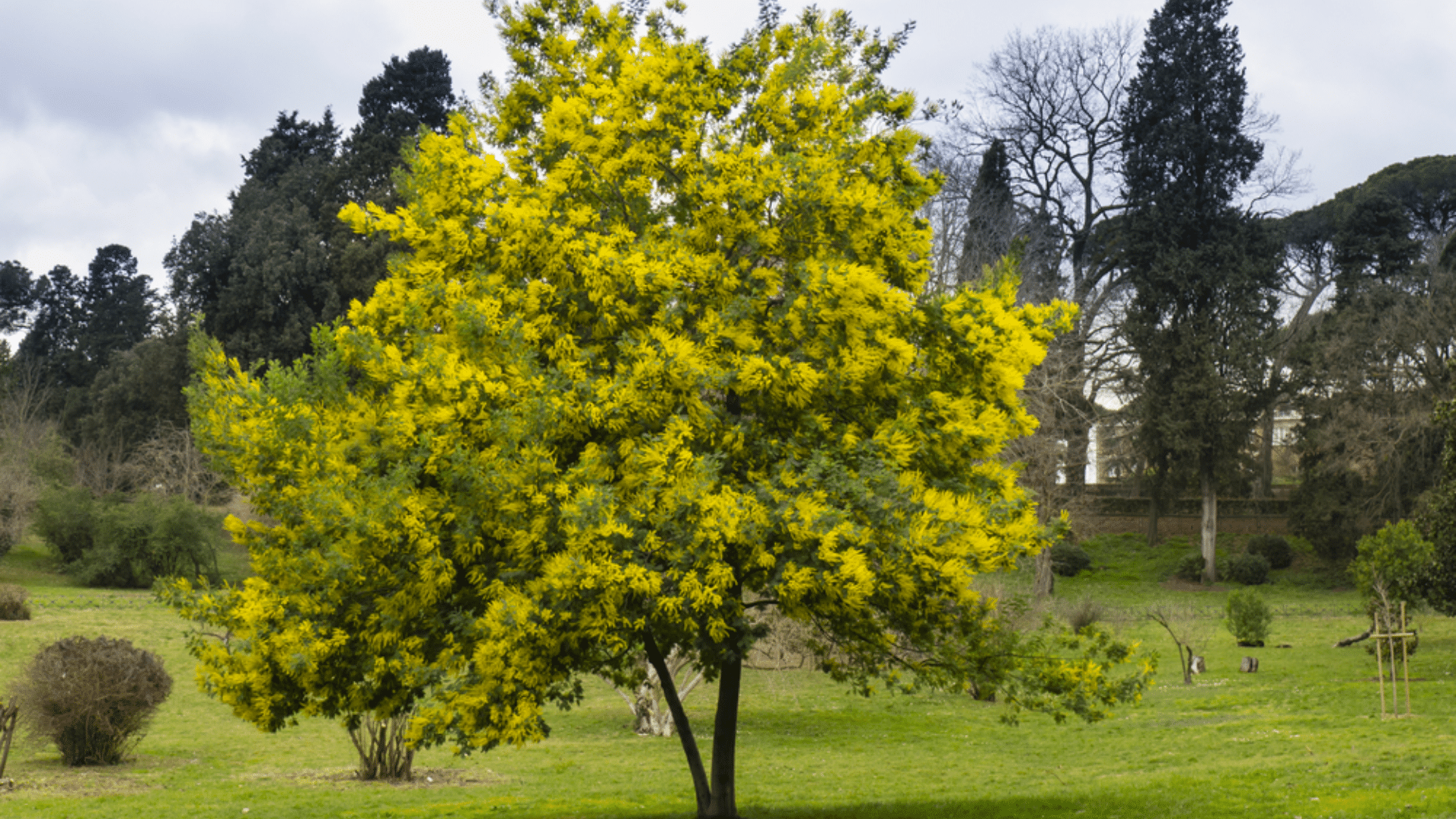
The mimosa tree blooms early in the year with bright yellow, fluffy flowers. It has soft, feathery leaves and a pleasant scent.
Originally from Australia, it’s now common in parts of Spain, especially along the Mediterranean coast.
Mimosas grow fast and bring a splash of color in late winter or early spring.
Though some consider it invasive, it’s often planted in gardens and along roads for its bright look and cheerful yellow blooms.
18. Bay Laurel (Laurus nobilis)
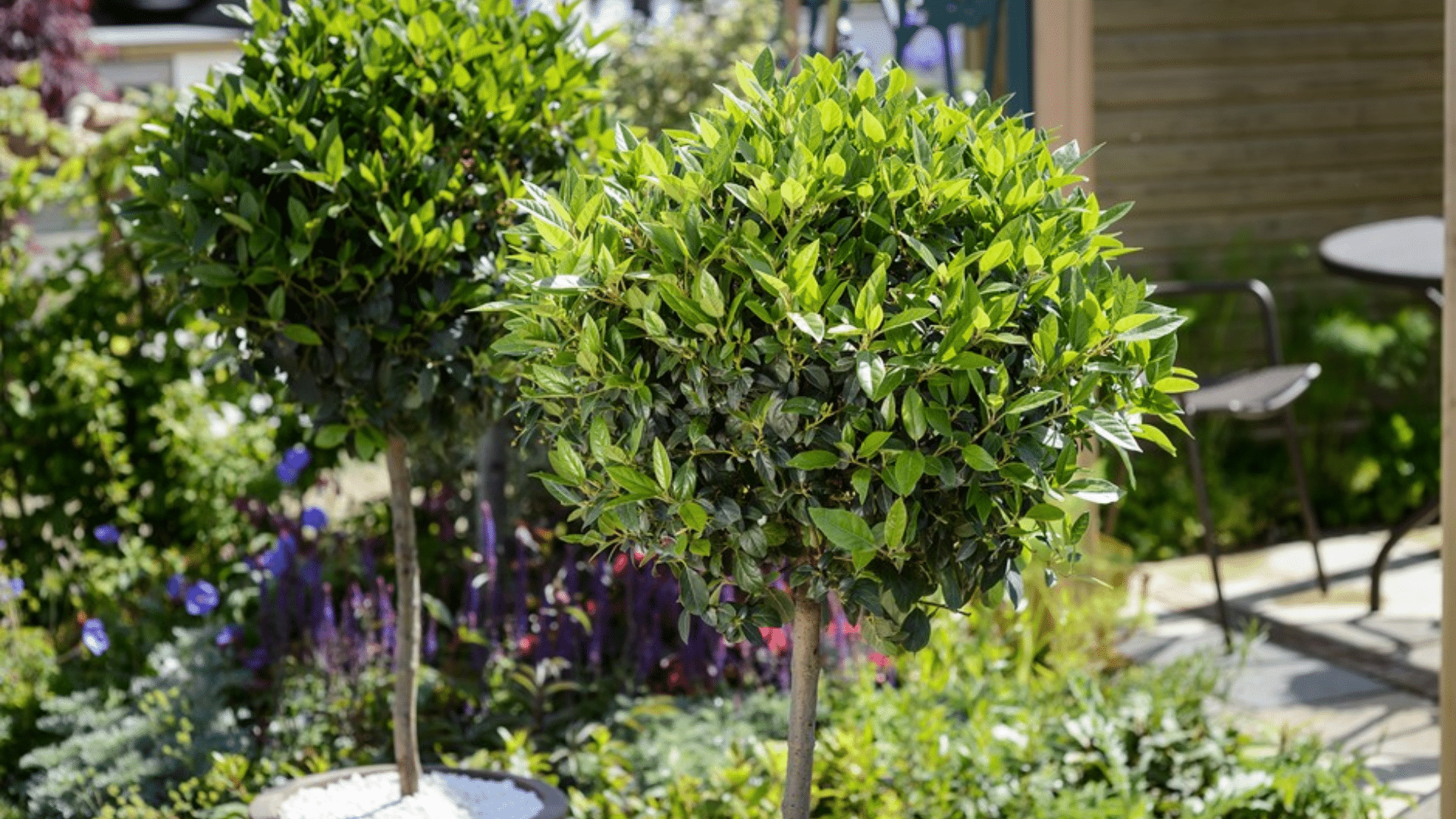
Bay laurel is a small evergreen tree with dark green, aromatic leaves.
These leaves are often used in cooking and are a key ingredient in many Spanish dishes. The tree grows well in coastal and mild areas across Spain.
It has small yellow flowers and can be shaped as a hedge or left to grow as a tree.
Bay laurel is both useful and attractive, making it popular in home gardens and public spaces.
19. Palm Trees (Phoenix canariensis and others)
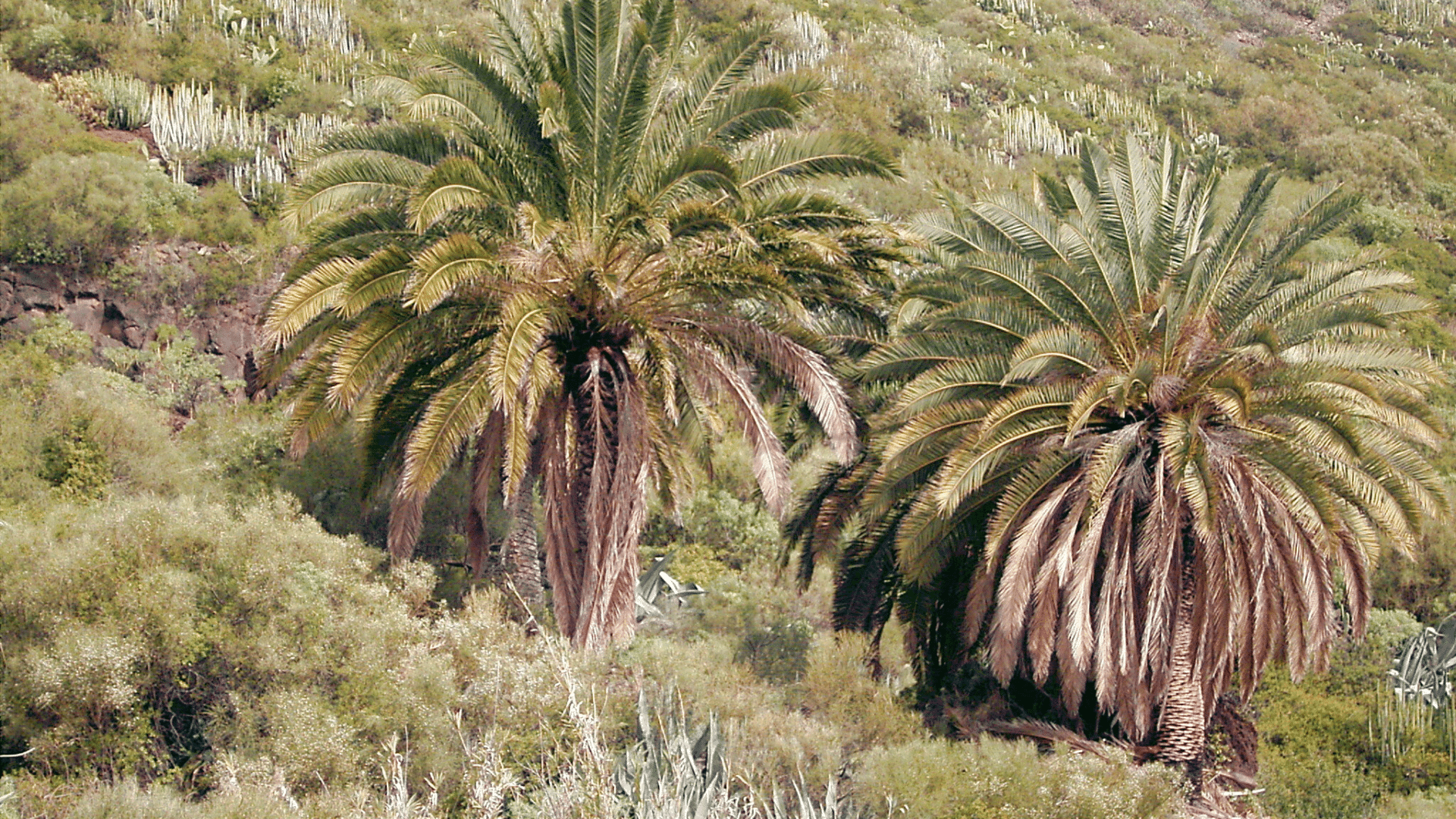
Palm trees are a symbol of warm, sunny places in Spain, especially along the coast.
The Canary Island date palm is the most famous and grows tall with a thick trunk and arching fronds.
You’ll also see other palms, like the fan palm, in gardens and parks. They do well in dry, hot weather and are often planted for decoration.
Palms give Spanish towns a tropical look, especially in southern regions like Andalusia.
20. Judas Tree (Cercis siliquastrum)
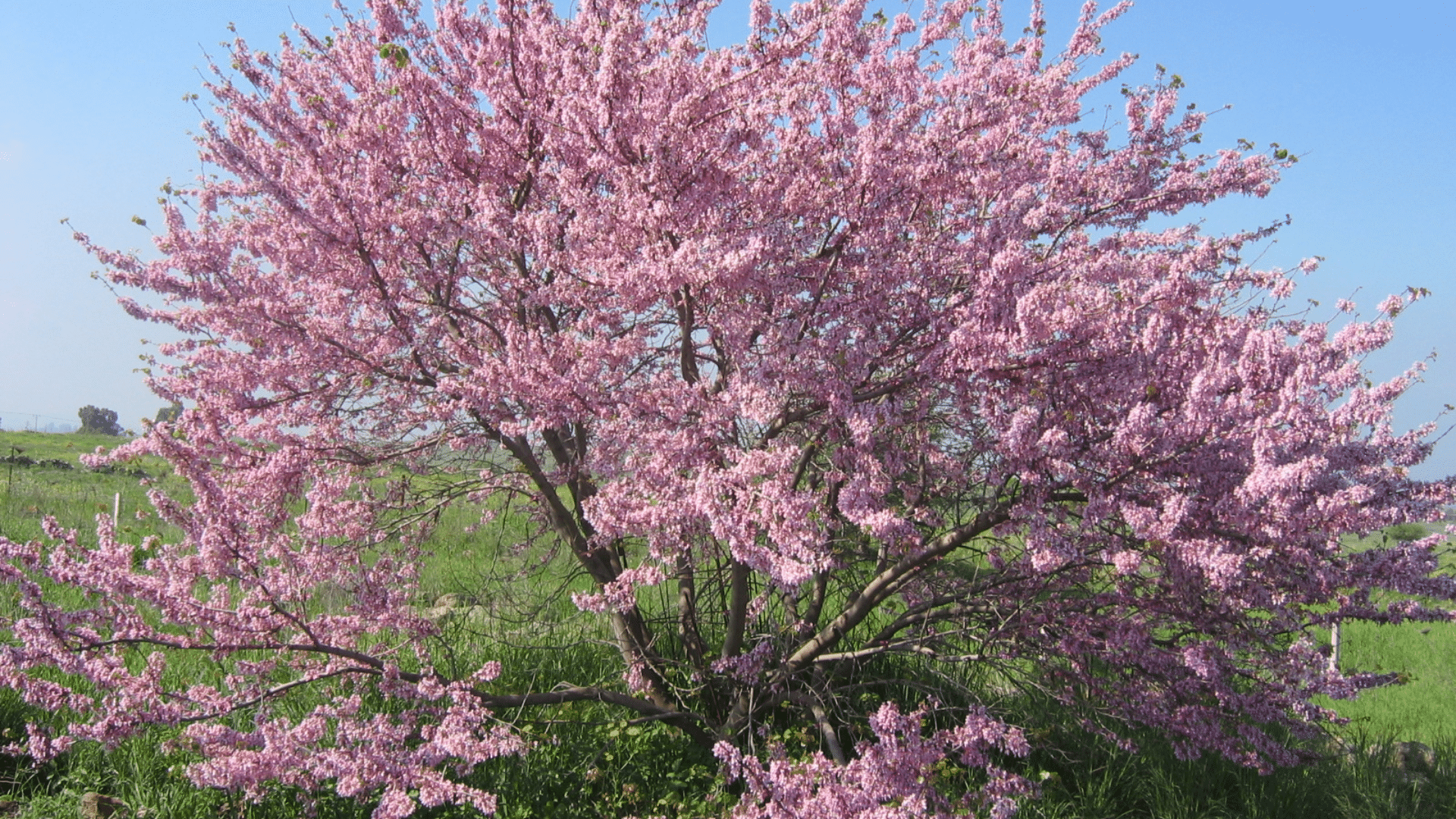
The Judas tree stands out in spring with its bright pink flowers that bloom before the leaves appear.
It’s a small tree often found in parks, gardens, and city streets. Native to southern Europe, it grows well in dry soil and sunny spots.
Its heart-shaped leaves turn yellow in fall, adding year-round interest.
The flowers grow directly on the trunk and branches, making it easy to spot during blooming season in many parts of Spain.
21. Canary Island Pine (Pinus canariensis)
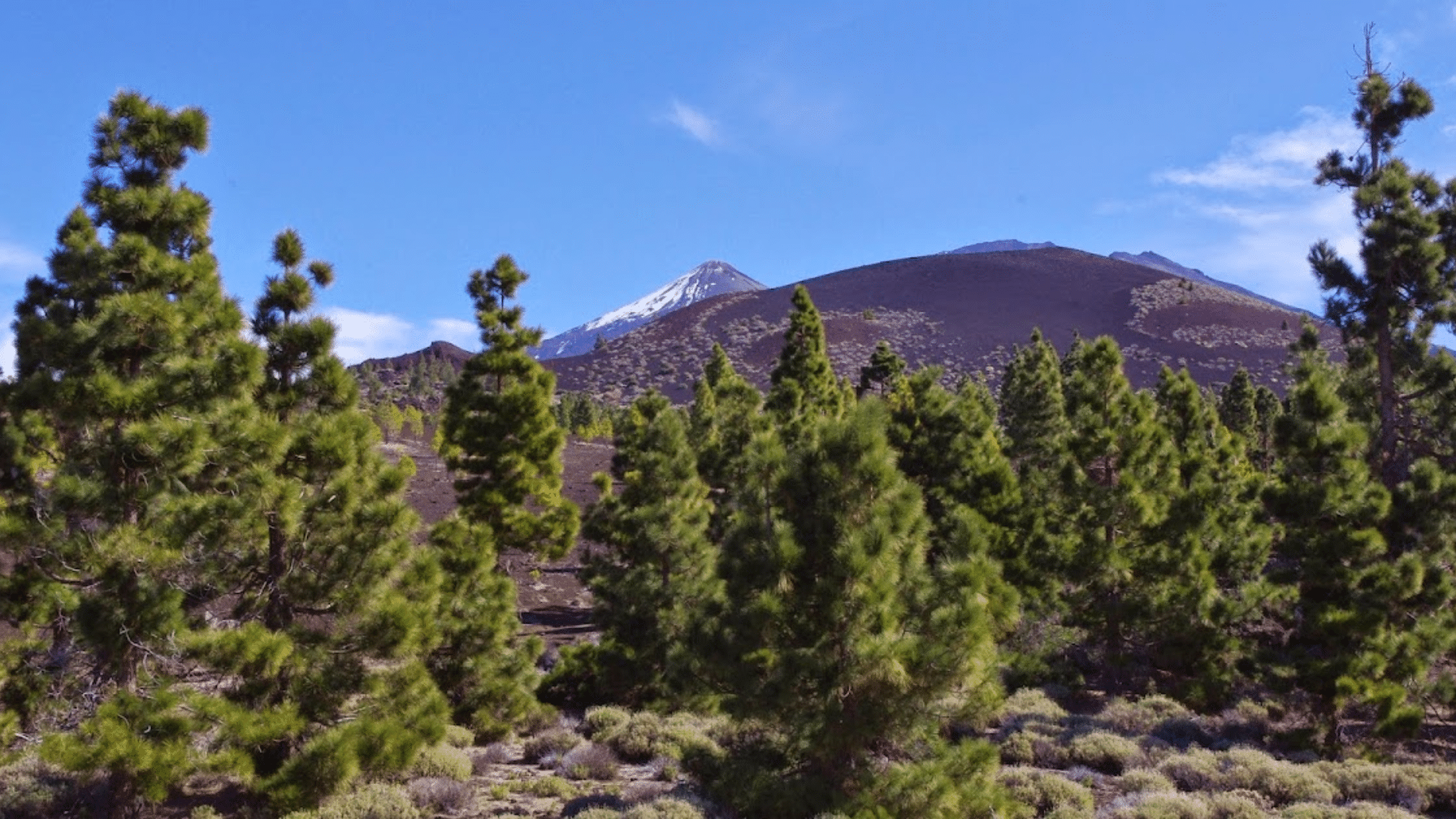
The Canary Island pine is native to the Canary Islands and stands tall with long, flexible needles.
It’s well known for surviving wildfires, thanks to its thick bark and ability to regrow quickly. These pines can grow very tall and often form dense forests in the islands.
They also help gather moisture from fog, which supports local ecosystems.
Their strength and beauty make them one of Spain’s most unique and useful native trees.
22. Spanish Fir (Abies pinsapo)
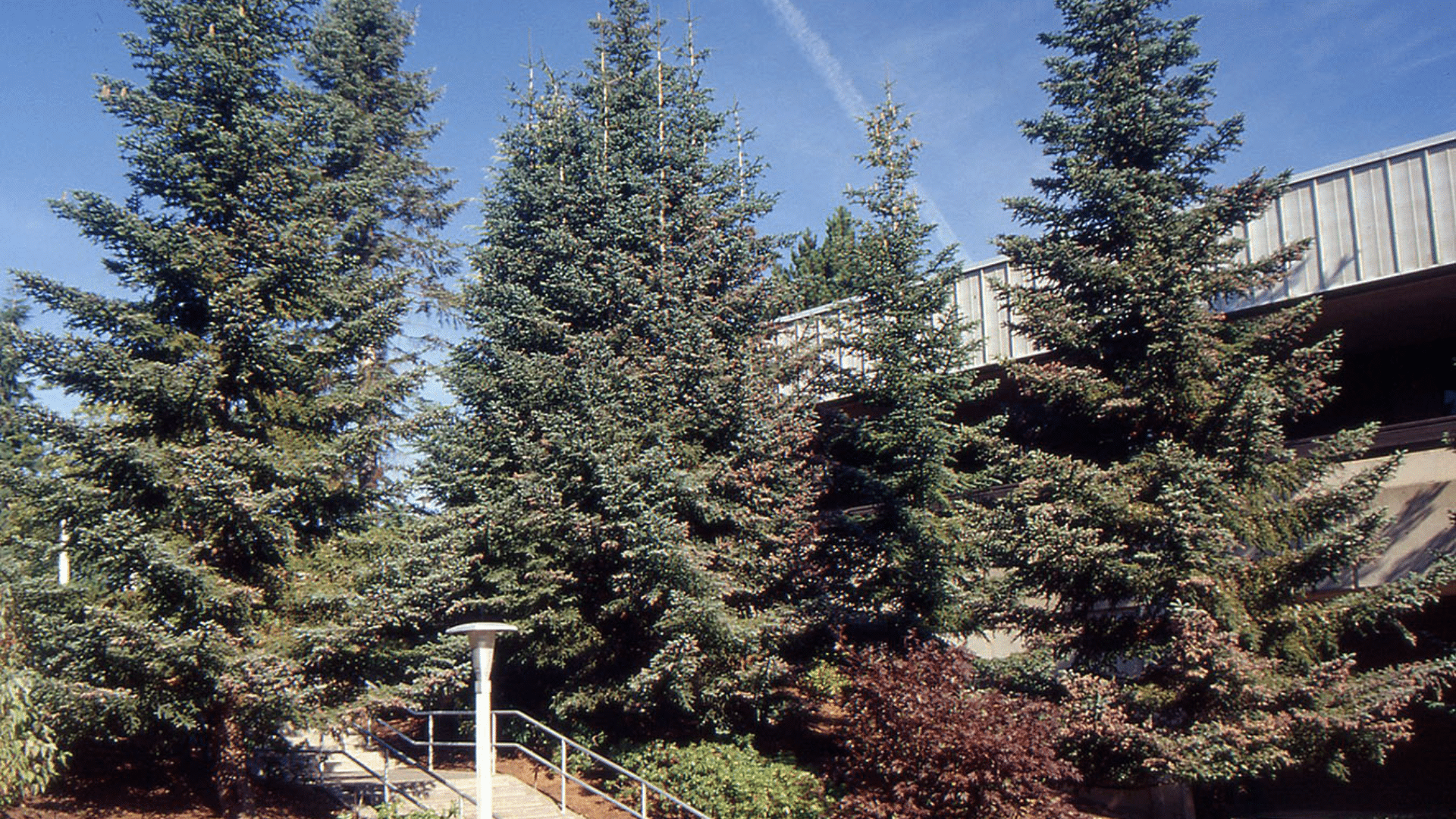
The Spanish fir grows mainly in the mountains of southern Spain, like the Sierra de las Nieves.
It has short, stiff needles that grow around the branches, giving it a round, full shape.
This rare tree is native to Spain and is now protected due to its limited range.
Spanish firs grow slowly and prefer cool, moist air at high altitudes. You’ll see them in special parks and nature reserves where they’re carefully preserved.
23. Dragon Tree (Dracaena draco)

The dragon tree is a strange and striking tree from the Canary Islands.
It has thick, gray branches that split into clusters of sword-like leaves.
The red sap it produces is called “dragon’s blood” and was once used in medicine and dye. This tree grows slowly and can live for centuries.
It thrives in dry, rocky soil and warm climates. Because of its shape and history, it’s one of the most iconic trees in Spain.
24. Tamujo (Flueggea tinctoria)
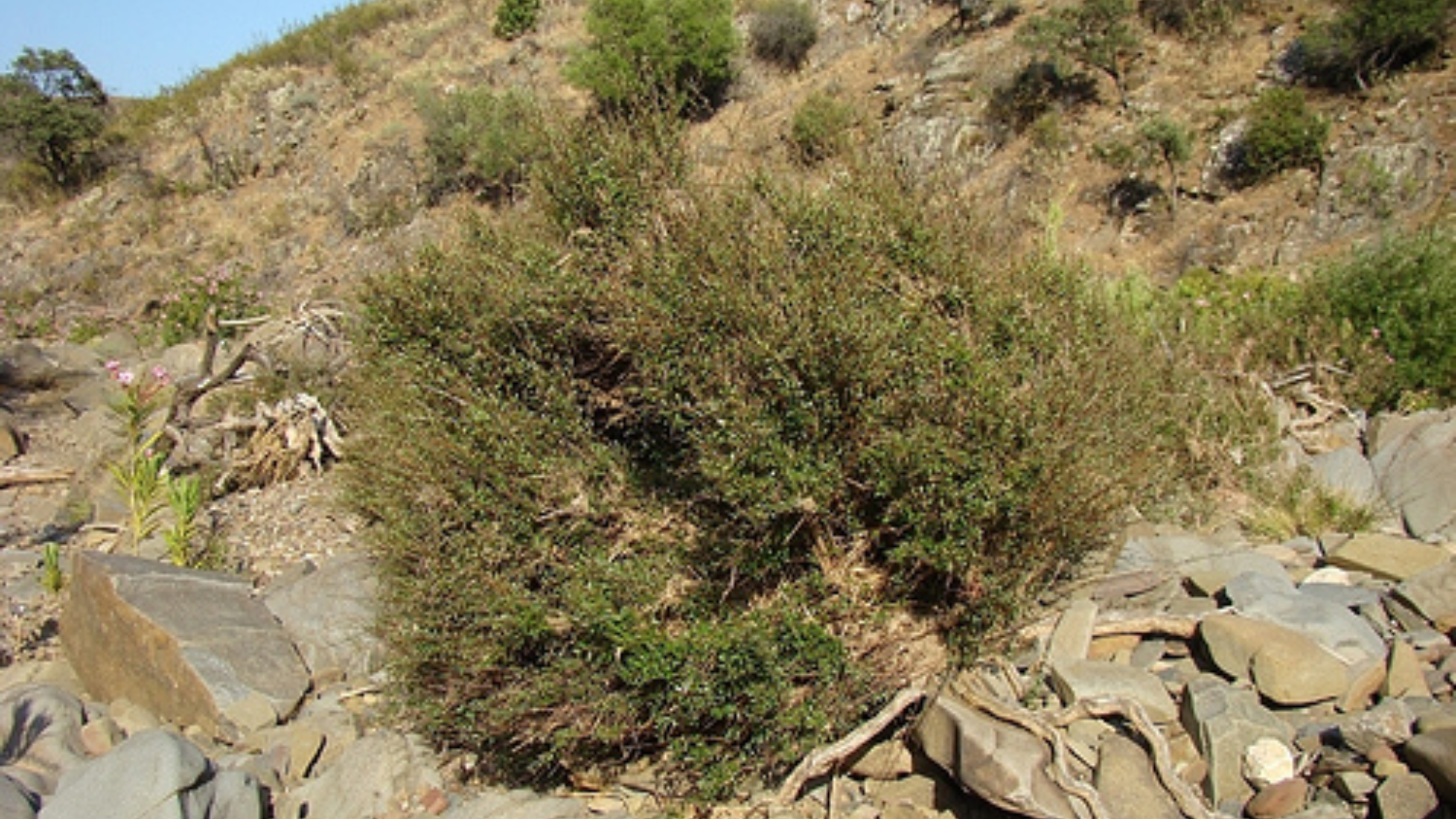
Tamujo is a shrubby tree that grows in dry riverbeds and open fields, especially in southern Spain.
It has small, narrow leaves and is well adapted to hot, dry weather.
Though not as well-known as other trees, it’s important for local wildlife. The tamujo provides shelter for birds and small animals.
It also helps hold soil in place and is part of traditional Spanish landscapes, especially in areas with little rainfall.
25. Wild Service Tree (Sorbus torminalis)
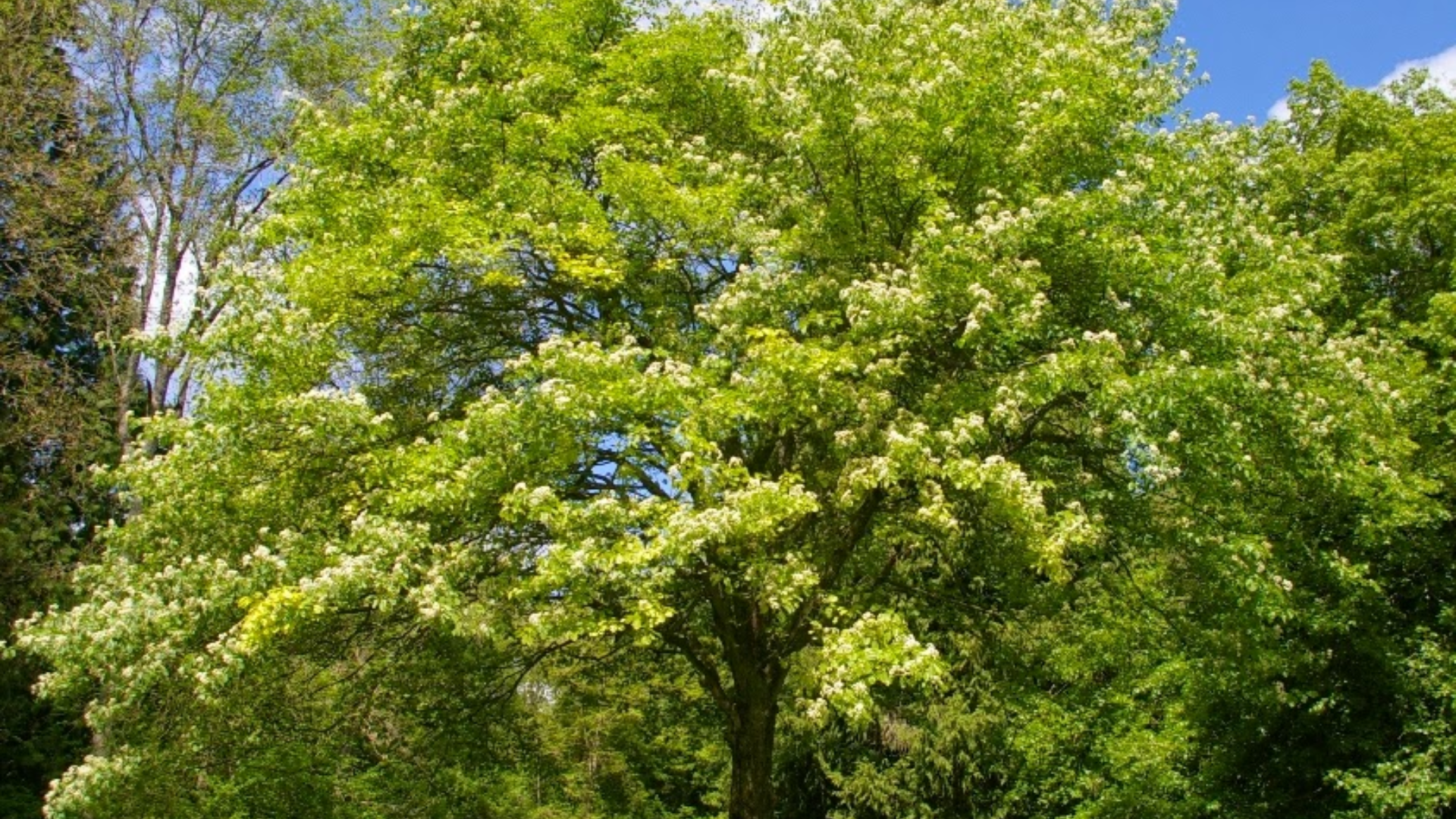
The wild service tree is a rare species found in cooler forests of northern Spain.
It has lobed leaves and small brown fruits that were once eaten when overripe.
The tree’s wood is strong and was used in tools and fine woodworking. Though not commonly seen, it adds diversity to Spain’s forest habitats.
It prefers mixed woodlands and grows best in rich, moist soil. Today, it’s mostly valued for its role in supporting native forests.
Ecological and Cultural Importance of Spanish Trees
Trees in Spain do more than just grow-they shape the land and culture. They help nature thrive and play a big part in daily life and tradition.
Ecological Role
- Provide shade in dry, sunny regions and cool urban areas
- Help prevent soil erosion on hillsides and riverbanks
- Support local wildlife with food, shelter, and nesting space
- Improve air quality and absorb carbon dioxide
- Enrich the soil, especially alder and other nitrogen-fixing trees
Cultural Significance
- Olive trees are central to Spanish cuisine and economy
- Almond trees bloom during spring festivals and local celebrations
- Cork oaks support traditional cork harvesting for wine bottles
- Bay laurel leaves are used in many Spanish dishes
- Chestnut trees are linked to autumn harvests and rural traditions
- Plane trees are a classic part of Spanish cityscapes and plazas
Conclusion
Trees across Spain shape the land, feed animals, and even flavor meals. From coastal palms to mountain firs, each one plays a role.
I’ve shared common trees you might see in forests, towns, or farmland. Some give shade, others give food, and many do both.
They also help the soil, clean the air, and support birds and bugs.
I wanted this list to make it easier for you to notice and enjoy the trees around you.
If you’re visiting Spain or simply curious, these trees demonstrate the close connection between nature and people.
I always find it interesting how a single tree can tell a story about the land, the weather, or even a country’s traditions.
Maybe now, when you see an olive or a pine, you’ll know a bit more about it. And like me, you might enjoy learning about the quiet ways trees help us every day.


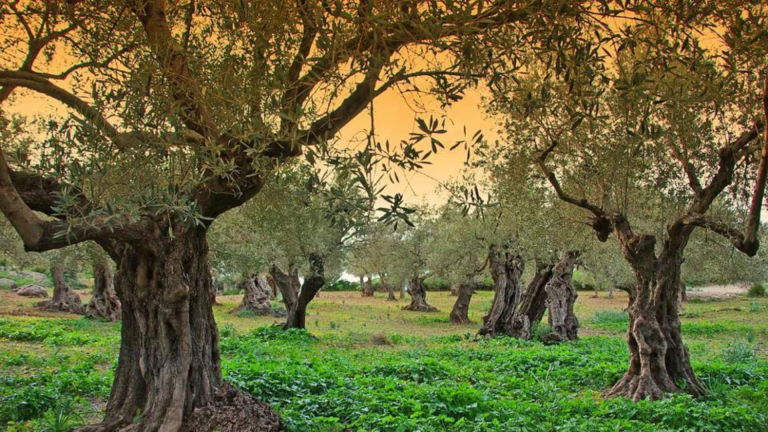

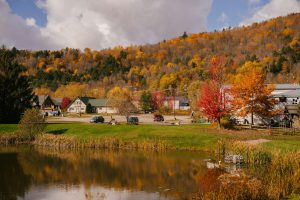





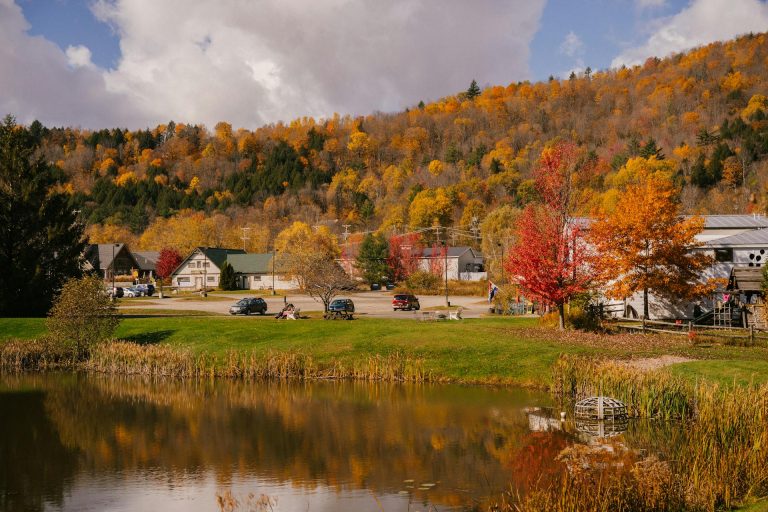



One Response
Thanks Ag. Just returned from a week in Spain and this ties together some of the things that I saw and heard. Good structure in the descriptive part.